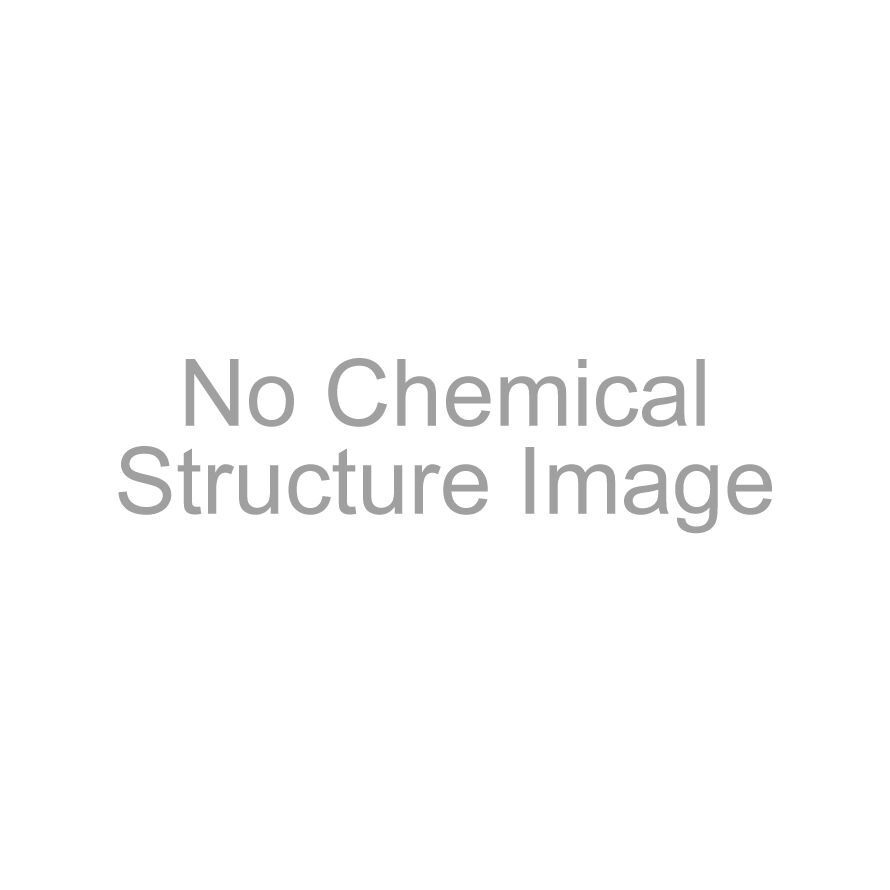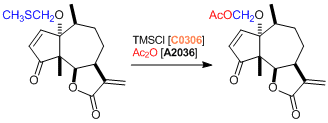Maintenance Notice (3:30 AM July 12 - 4:00 AM July 14, 2025): This website is scheduled to be unavailable due to maintenance. Maintenance may be completed earlier than scheduled. We appreciate your patience and understanding.
Published TCIMAIL newest issue No.198

















